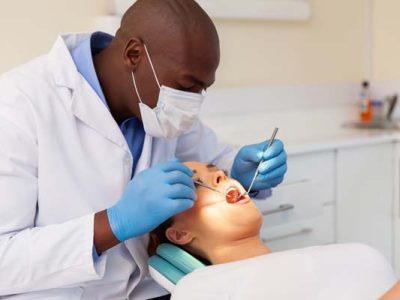Back pain is among the leading causes of people missing work. While a common problem, many hardly seek medical attention, especially since they have a perfect excuse, such as overworking. East Brunswick back pain when sudden or accompanied by concerns like fever, bladder control issues, tingling, numbness, weakness, or following trauma, should prompt you to seek immediate medical attention. This is more so keeping in mind that back pain is among the leading causes of disability, a risk you increase by ignoring it or seeking attention when the damage is extensive.
Back pain can be prevented or relieved following a few practical measures, more so if you are 60 years or younger. This includes proper posture, such as sitting, standing, twisting, exercising, and lifting heavy objects. If the pain does not subside, you may need treatments such as medication, physical therapy, and in severe cases, surgery. Understanding the common back pain risk factors and causes can help you adopt a healthier lifestyle and avoid it. Below is a glance at the risk factors and causes.
Back pain risk factors
- Age: Back pain risk increases with age and is prevalent starting from 30-40. This is mainly attributed to wear and tear over the years, including deteriorated cushioning and reduced muscle elasticity in the spine.
- Weight: Excess weight or obesity puts extra pressure on your back, increasing back pain risk.
- Sedentary life: A lack of physical activity leads to weak and unused back and abdomen muscles which can result in back pain.
- Health concerns: Conditions like cancer and arthritis are associated with an increased risk of back pain. Psychological conditions like stress, anxiety, and depression also increase back pain risk, mainly because they can lead to muscle tension.
- Posture: Your technique, such as lifting with your back instead of the legs, increases the risk of back pain. An example is what is synonymously termed as throwing out your back, simply meaning sprained or pulled back muscle.
- Habits: Habits, mainly smoking, increases back pain risk. Smoking affects blood supply, increasing osteoporosis risk. Moreover, coughing, a common aspect in most smokers, can lead to herniated disks. Herniated disks are among the back pain leading causes.
Back pain causes
- Osteoporosis: This is a condition that weakens the bones. The bones become fragile and can easily fracture or break, causing back pain.
- Arthritis: Arthritis can result in spinal stenosis, characterized by the narrowing of space around your spinal cord. The back pain could also be caused by osteoarthritis, which wears out the cartilage cushioning the bone ends.
- Disks problems: Disks cushion the bones in your spine. They can bulge or rupture, affecting the soft material inside that facilitates protection. This could be due to trauma or disk disease.
- Strain: Muscle or ligament strains are common causes of back pain, especially in people who are not physically active. Repetitive or sudden awkward movement can easily strain the muscles/spinal ligaments, resulting in painful spasms.
Exercises specially tailored to strengthen your core can help prevent back pain since it will get better support. Other measures like observing your weight, quitting smoking, and improving your posture are also effective. If you experience back pain that lasts more than a week or with other symptoms, visiting a professional for diagnosis and treatment is recommended. Call Mid Atlantic Orthopedic Associates, LLP, for all your back pain-related concerns.








Comments